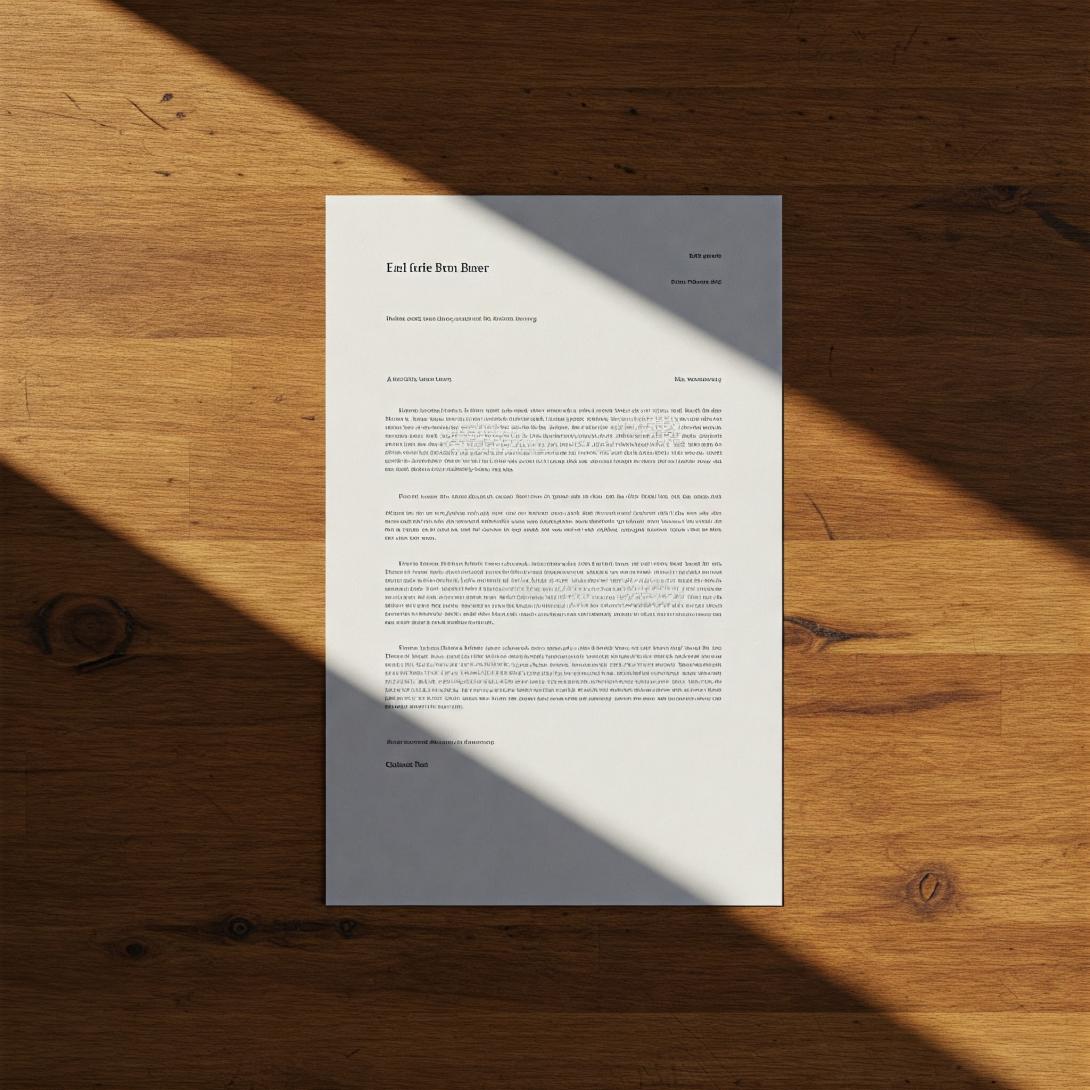
I love the neuroscience of influence. It beats logical persuasion and linguistic tactics every time—because how our brains are structured and function can’t be argued with. It just works.
Which brings us to today’s tip:
Always bring a printout to your meeting—especially when you want someone to make a decision in your favour.
Here’s why:
Neuroscientists have long studied how the brain generates emotion, motivation, and decision-making behaviour. After dozens of experiments, one thing is clear:
- Heightened activity in the left frontal cortex creates feelings of eagerness, motivation, and approach behaviour.
- Heightened activity in the right frontal cortex, on the other hand, is linked to withdrawal, hesitation, and even mild depression.
Importantly, it’s not that emotions cause brain activity. It’s the other way around: Brain activity creates emotional states. This has been shown in experiments using electromagnetic stimulation, pharmaceuticals, and even simple physical movements.
So what does this have to do with your next meeting?
Everything.
The Decision Hack: Leverage the Lean
When you're in a room trying to close a deal, secure buy-in, or pitch an idea, you want the other person to feel good, safe, and motivated to move forward.
And here’s where body positioning matters more than you think.
A 2011 study by Harmon-Jones, Gable, and Price found that when seated:
- Leaning forward increases activity in the left frontal cortex
- Leaning back reduces it
In other words, leaning forward triggers approach motivation. It literally shifts people into a more receptive, positive state—neurologically.
So when it’s time to make your ask? You want them leaning forward.
The Printout Positioning Move
This is where your printout comes into play.
As you move toward the close, calmly pull out a single-page summary—your proposal, offer, or value prop—and place it on the table.
- Lean forward as you do this.
- Place the page flat in front of them.
- Use one hand to hold it in place, the other to guide them through it.
If you've built rapport, the other person will often mirror your movement. If not, they’ll still naturally lean forward to examine the page.
Either way, you’ve just triggered the right cognitive state.
Now is the time to frame your offer clearly, slowly—and ask for the decision.
Bring the printout. Use the lean. Shape the decision.
- Log in to post comments